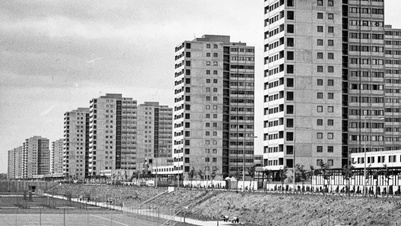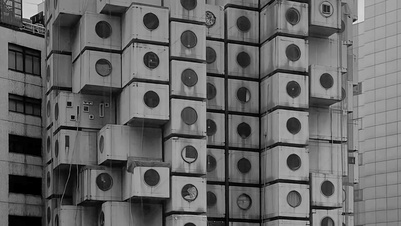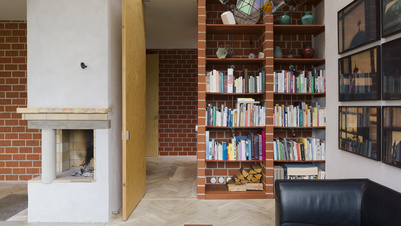International Lecture Series Farshid Moussavi
KADK
Danneskiold-Samsøes Allé 53
1436 København
Kunstakademiets Arkitektskole inviterer til åben forelæsning med Farshid Moussavi. Forelæsningen er del af forelæsningsrækken: "International Lectures Series", hvor Arkitektskolen inviterer store internationale navne indenfor til en eftermiddag med fokus på væsentlige internationale temaer i arkitekturen.

What is the function of style today?
If the 1970s were defined by Postmodernism and the 1980s by Deconstruction, how do we characterize the architecture of the 1990s to the present? Some built forms transmit affects of curvilinearity, others of crystallinity; some transmit multiplicity, others unity; some transmit cellularity, others openness; some transmit dematerialization, others weight. Does this immense diversity reflect a lack of common purpose? Farshid Moussavi argues that this diversity should not be mistaken for an eclecticism that is driven by external forces.
The Function of Style presents the architectural landscape as an intricate web in which individual buildings are the product of ideas which have been appropriated from other buildings designed for the different activities of everyday life, ideas which are varied to produce singular buildings that are related to one another but also different. This network of connections is illustrated on the photo.
Moussavi argues that, by embracing everyday life as a raw material, architects can change the conventions of how buildings are assembled, to ground style, and the aesthetic experience of buildings, in the micro-politics of the everyday.
About:
Farshid Moussavi is an architect, principal of Farshid Moussavi Architecture (FMA) and Professor in Practice of Architecture at Harvard University Graduate School of Design. She was previously co-founder of the London-based Foreign Office Architects (FOA), recognised as one of the world's most creative design firms. Moussavi has been a member of the Steering Committee of the Aga Khan Award for Architecture since 2004 and a trustee of the London Architecture Foundation and the Whitechapel Gallery in London since 2009. She is a columnist for the Architectural Review magazine and has published three books, ‘The Function of Ornament’, ‘The Function of Forms’, and ‘the Function of Style’ based on her research and teaching at Harvard.





